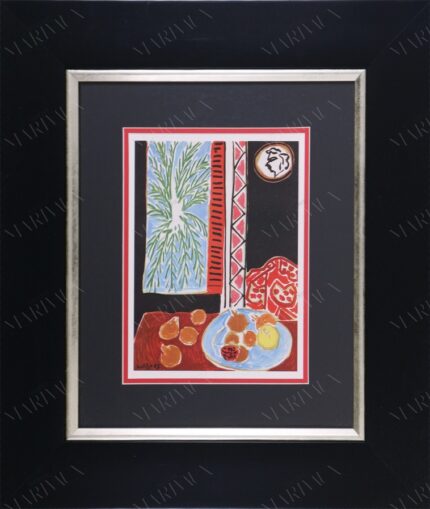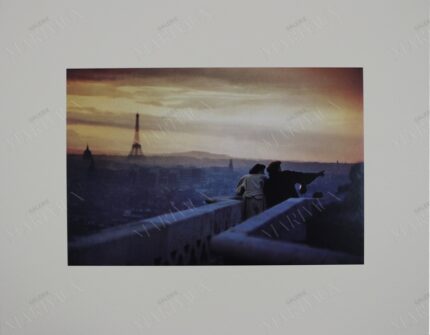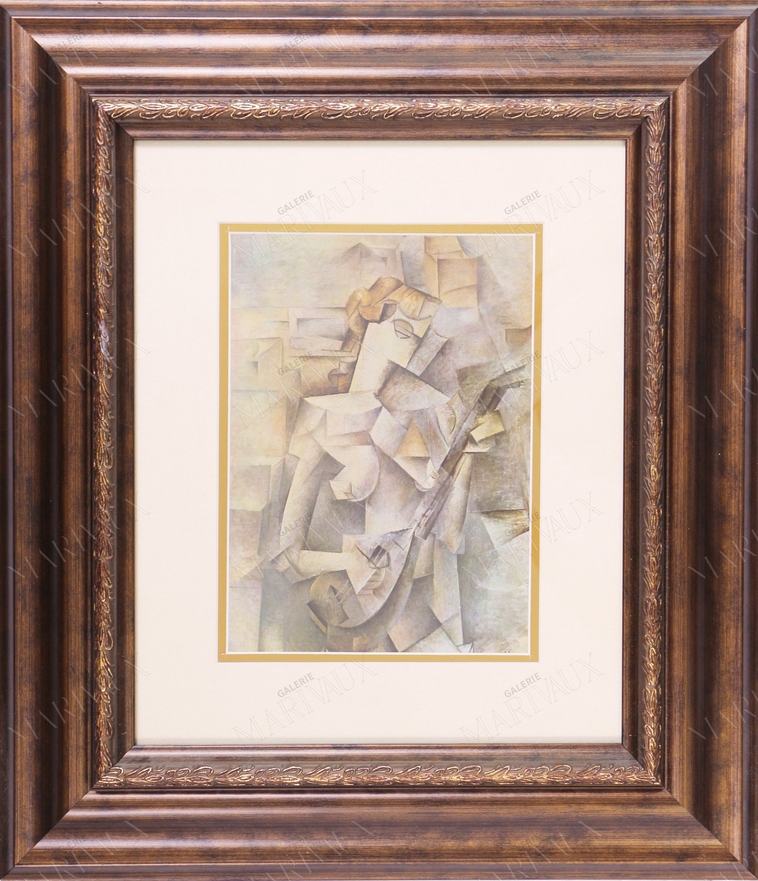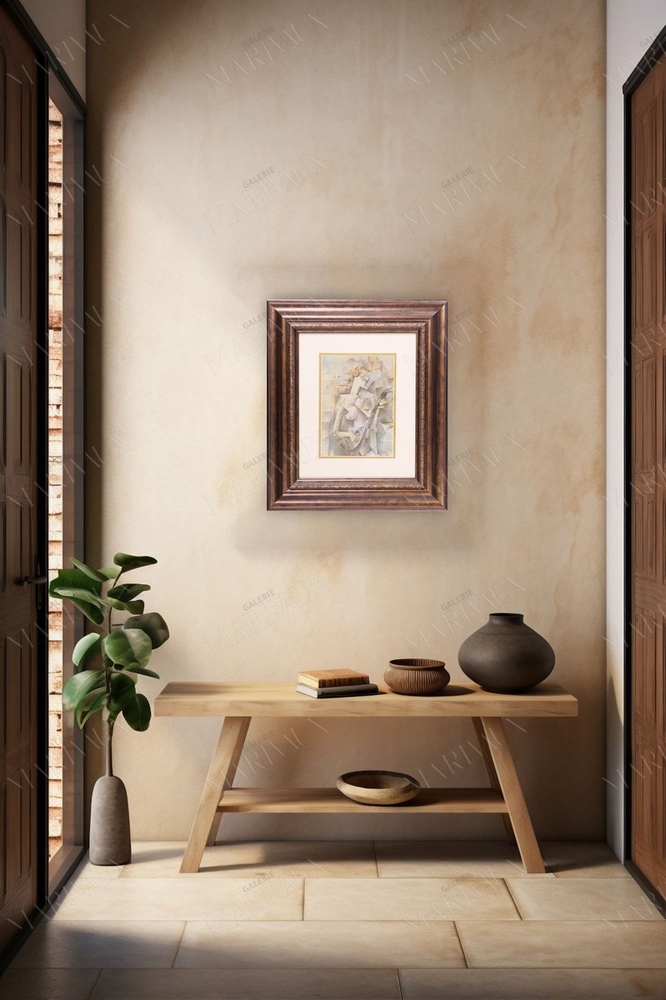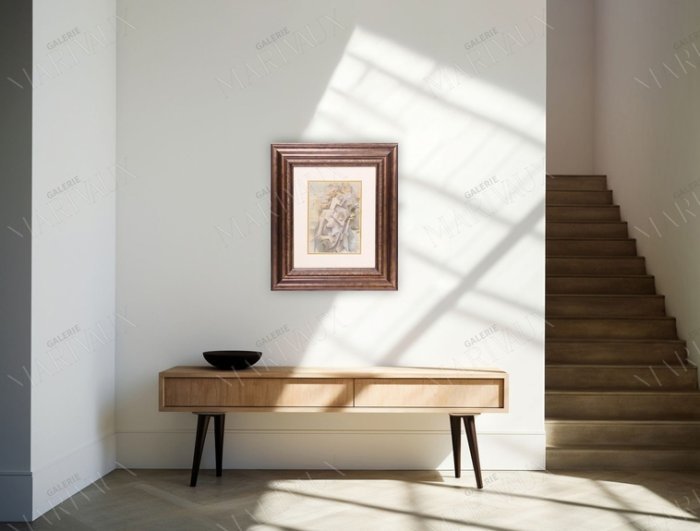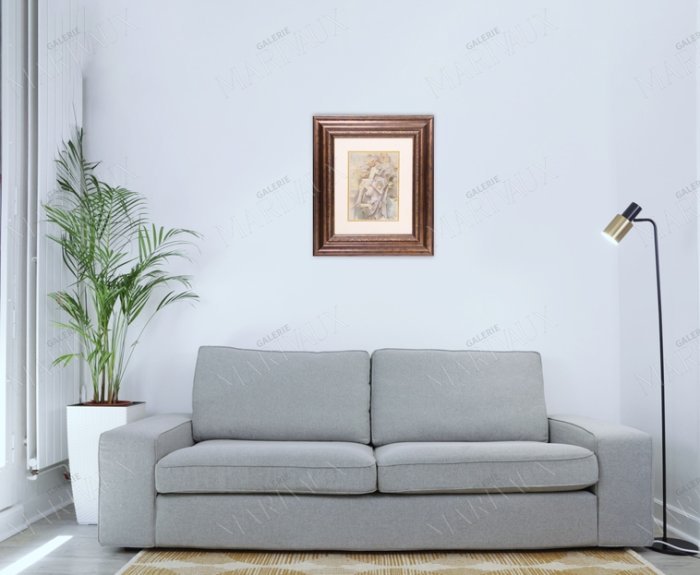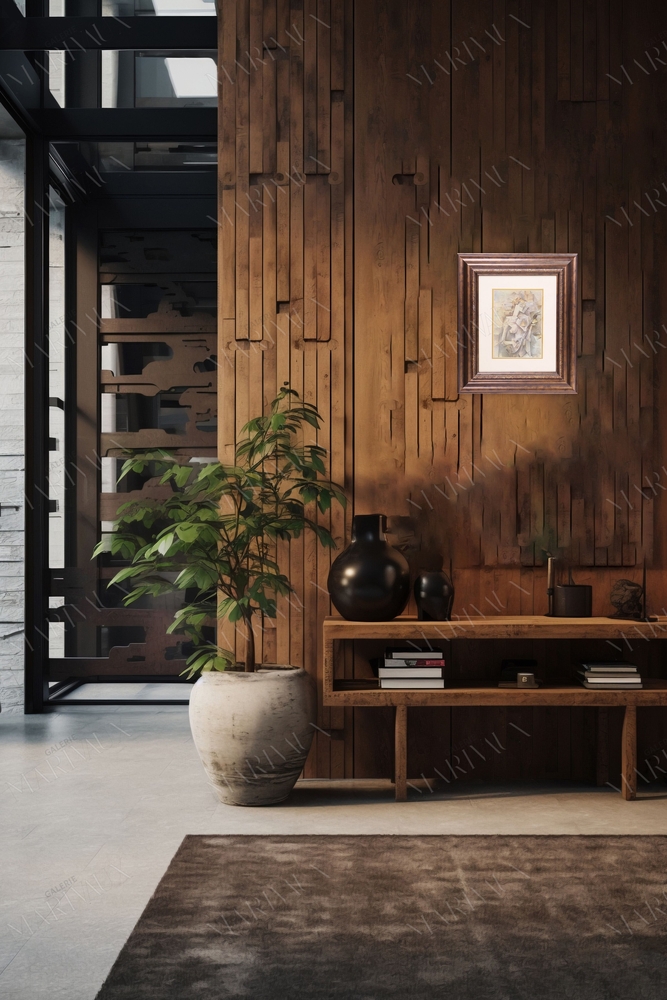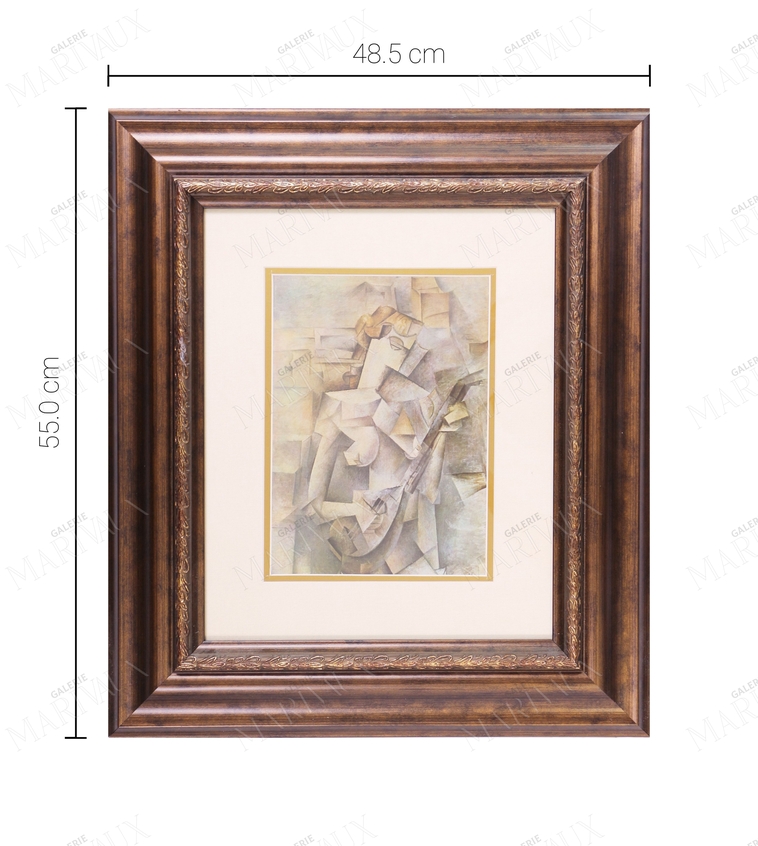

3. Order Processing
Once you place an order at Galerie Marivaux, our team will process it quickly. Please allow 1-2 business days for order processing before your painting is prepared for shipping. You will receive a confirmation email with your order details once it is ready to ship.
4. Delivery Costs
Our delivery costs are calculated based on your location, the size of the artwork and your chosen delivery method. Delivery costs will be displayed during the checkout process, allowing you to view them before finalizing your purchase.
5. Packaging
Each painting from Galerie Marivaux is packaged with the greatest care to ensure that it arrives at your home in perfect condition. We use high quality materials and protective layers to preserve your artwork during transport.
Shipping and Delivery Information - Galerie Marivaux (France)
Welcome to Galerie Marivaux, your favorite destination for exceptional artistic paintings. We are committed to providing you with a smooth and pleasant shopping experience. Below, you will find all the essential information regarding our delivery procedures in France.
1. Delivery Destinations
We are proud to deliver our artistic masterpieces to our customers across mainland France. Unfortunately, at this time we do not offer international shipping. We hope to expand our service in the future to serve art lovers around the world.
2. Delivery Methods
We understand the importance of handling your precious artwork with care. That's why we use reliable and trusted delivery partners to ensure the safe delivery of your paintings. Our main delivery method is as follows:
Standard Delivery: Estimated delivery within 5-7 business days after order processing.
Please note that delivery times may vary depending on your location and availability of the artwork. We will provide you with a tracking number as soon as your order is shipped, so you can track its progress.
6. Delivery Confirmation
When your artwork is delivered, you will receive an email notification confirming its successful receipt. Please inspect the packaging and artwork immediately upon receipt to ensure there is no damage. If you encounter any problems, please contact our customer service within 48 hours of delivery.
7. Returns and Exchanges
While we strive to provide you with the highest quality artwork, we understand that preferences may vary. If you are not completely satisfied with your purchase, please refer to our "Return Policy" page for detailed information on returns and exchanges.

